
A Melbourne Design Week conversation: New Epping’s journey to celebrate Country
A Melbourne Design Week conversation: New Epping’s journey to celebrate Country
Share
New Epping project director Ben Rowe, along with Jeremy Gaden from Greenshoot Consulting and Joanne Green from Tract Consultants, hosted a conversation during Melbourne Design Week to explore how Riverlee is embedding the knowledge of Country at New Epping.
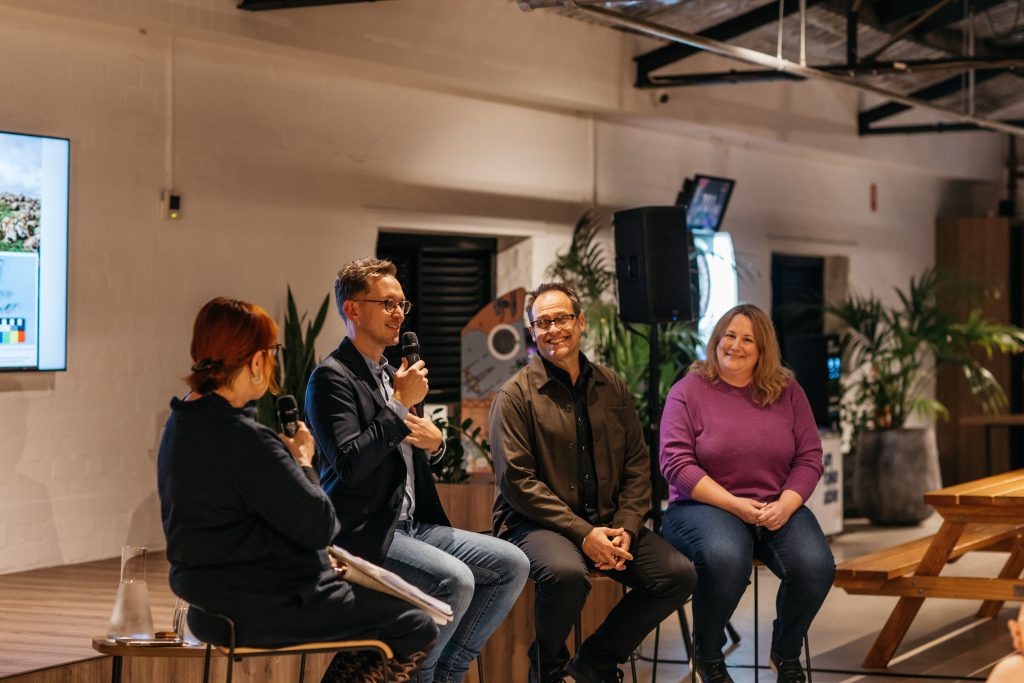
In 2021, Riverlee partnered with Greenshoot Consulting to work with representatives from the Traditional Owners of the land on which New Epping is located, the Wurundjeri Woi-wurrung, including senior Wurundjeri Elder Aunty Joy Murphy-Wandin AO and Uncle Colin Hunter, to establish a reciprocal relationship and include Wurundjeri knowledge and themes into the masterplan for New Epping.
The panel discussion took a deep dive into this consultation process for the $2 billion mixed-use precinct, which transforms the former industrial site into a vibrant city within the suburbs.
Project director Ben Rowe explained Riverlee’s philosophy of creating meaningful places with a sense of history by embedding the past into the future of a place.
“Key to the process was taking time to build a strong working relationship with Wurundjeri Elders and getting to know them and their stories directly,” Rowe said.
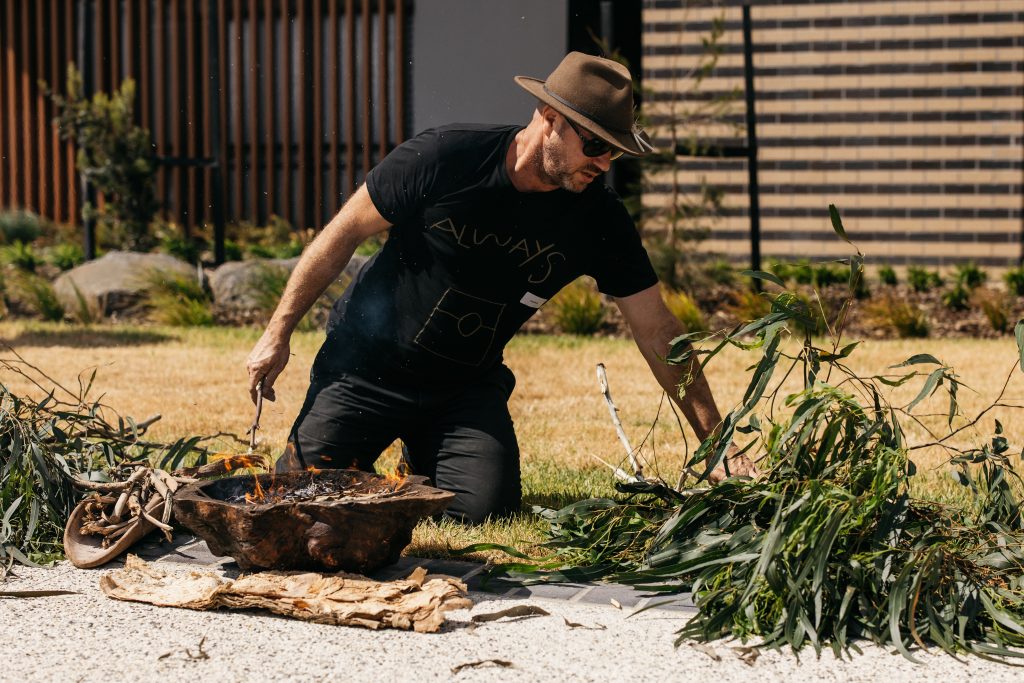
“Traditional Owner knowledge and principles often overlap and strengthen general sustainability and regeneration outcomes, which are key narratives for New Epping. To build a relationship with Aunty Joy and Uncle Colin, we sat down with them, listened, and committed to working together.”
Jeremy Gaden, principal of Greenshoot Consulting, who facilitated the process, said initiating this partnership authentically involved some tough conversations.
“We had to unpack some big issues, like developers making money from Country,” Gaden said.“It comes back to the notion of value exchange and reciprocity. What’s in it for Traditional Owners was really a critical question.”
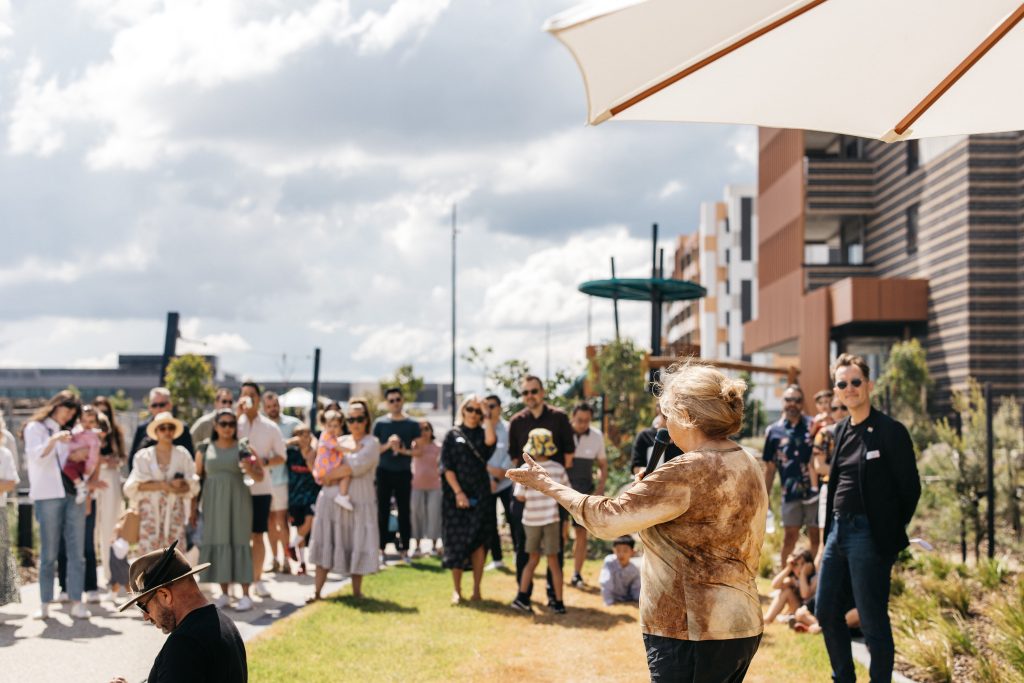
Gaden emphasised the importance of deeply researching Traditional Owner histories and stories from the outset. Following a series of workshops, in which Elders discussed the site and its adjacencies, six cultural narratives were identified that could be used to prompt further conversations in design opportunities. This early work not only uncovered these cultural narratives, but also explored how Riverlee and the Wurundjeri would work together in the future — and what reciprocity would look like in this project.
“Context mapping is the starting point for conversations with Traditional Owners to identify the narratives before you step into the built form,” Gaden said..
This ground-up approach has informed principles in New Epping’s design, such as breaking down indoor-outdoor boundaries and creating communal gathering spaces that align with Indigenous design philosophies.
For Tract Consultants senior principal landscape architect Joanne Green,who has worked on the New Epping project since 2017, avoiding tokenism was crucial.
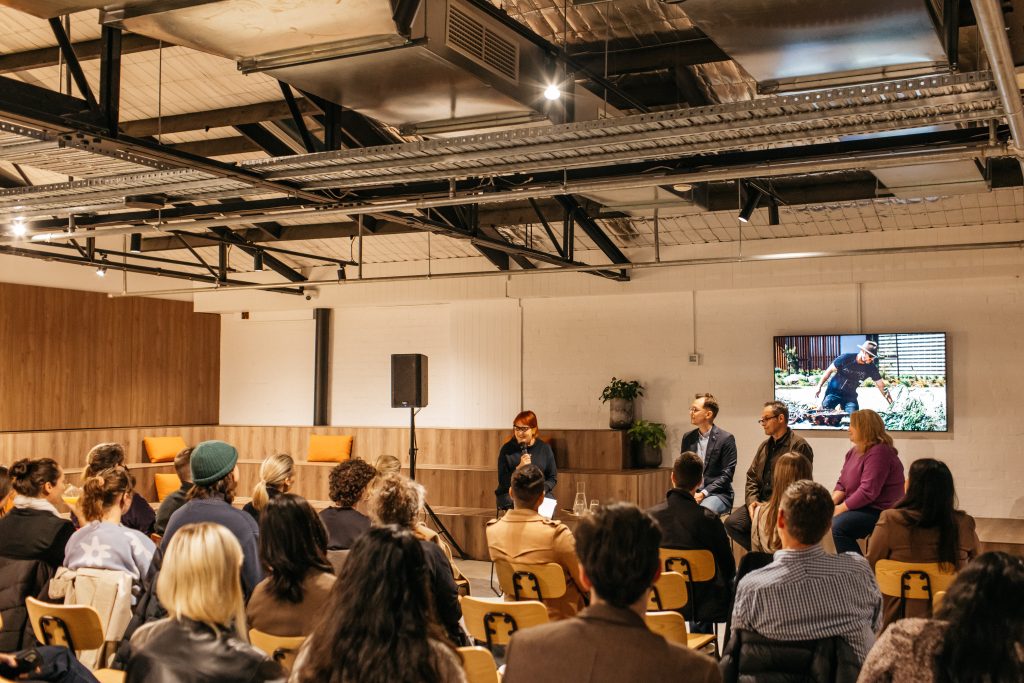
“We started by listening to the sessions facilitated by Greenshoot and then talked with Aunty Joy about the design process,’’ she said. “Meaningful cultural inputs emerged, like incorporating children’s artwork and handprints into the first park, woorike jellicka, and incorporating native shrub planting across the streetscape.”
For Green, the most powerful impact was repairing and regenerating Country. “Besides the remediation into a mixed-use development itself, we created a ‘green spine’—11hectares of creek corridor and conservation space,” she said.
“A very special element of this is the reintroduction of the native Growling Grass Frog. Designing a habitat with an expanse of ponds and ample grassland became a priority to support the frog population to thrive.”
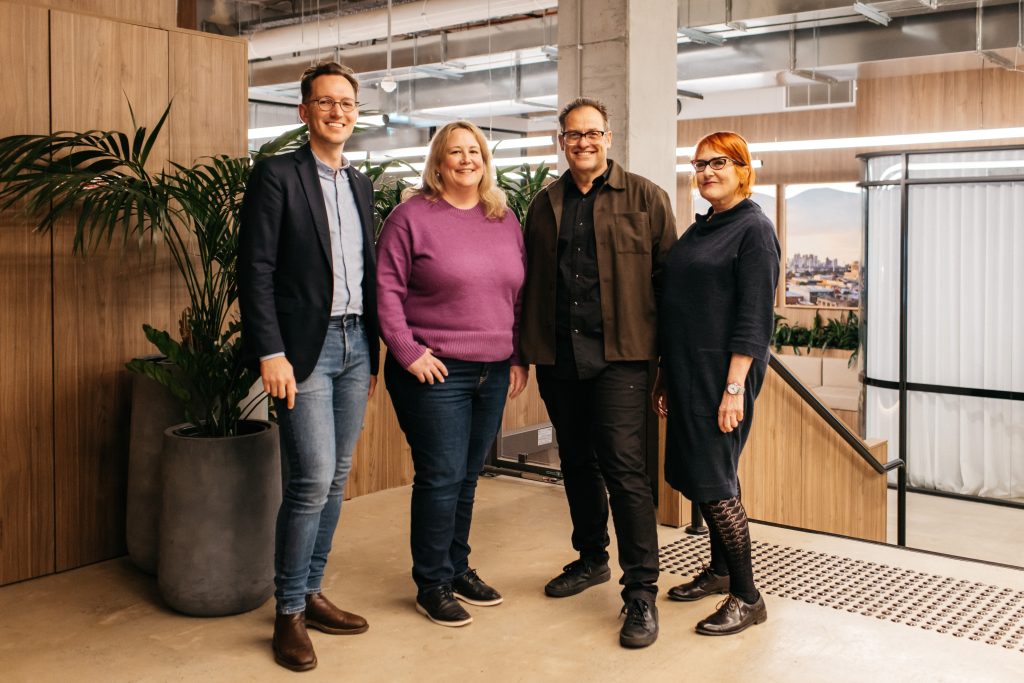
Additionally, Riverlee has committed to allocating 15 percent to affordable housing and will work within its value chain at New Epping to ensure there are opportunities for First Nations in the workforce and opportunities for skills development.
The event highlighted there was still much to be done in caring for Country. There was a shared acknowledgment by the panellists of the need to recognise the Traditional Owners’ holistic understanding of Country—it encompasses not only the land but also the culture, the people, the sky, and what lies beneath the ground. How might we care for Country by caring for people? How can we strengthen our culture?
For Riverlee, it represented an ongoing learning journey.t The collaborations at New Epping signalled a new direction for the way it approached the built environment. By taking time to listen, creating space for Traditional Owners to guide the design narrative from day one, and making concrete commitments to share opportunities, the design team ensured the Country was celebrated rather than simply built over.
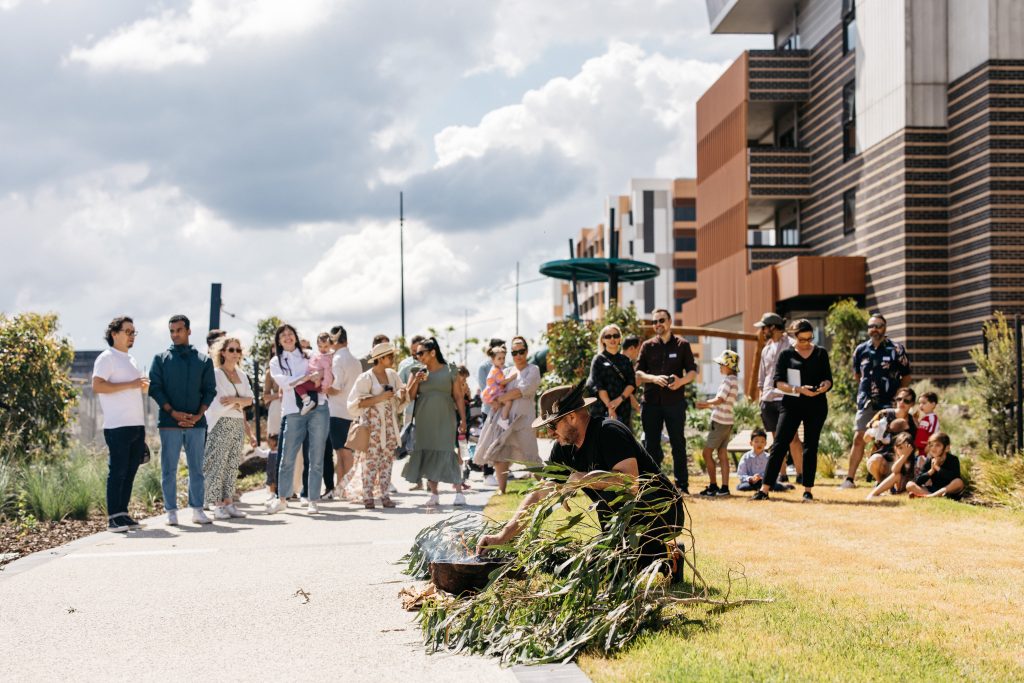
With a number of exciting projects on the horizon in collaboration with the site’s Traditional Owners, including the Edgars Creek Corridor, Riverlee said it was committed to sustaining long-term relationships throughout the development phase of New Epping to celebrate Wurundjeri culture for generations to come.
The panel discussion was moderated by Tina Perinotto, managing editor of The Fifth Estate, and was due to include senior Wurundjeri Elder Aunty Joy Murphy-Wandin AO and Maddison Miller, lecturer at the University of Melbourne, both of whom were sadly unable to join us on the evening due to unforeseen circumstances.
Photography by Marie-Luise Skibbe.















